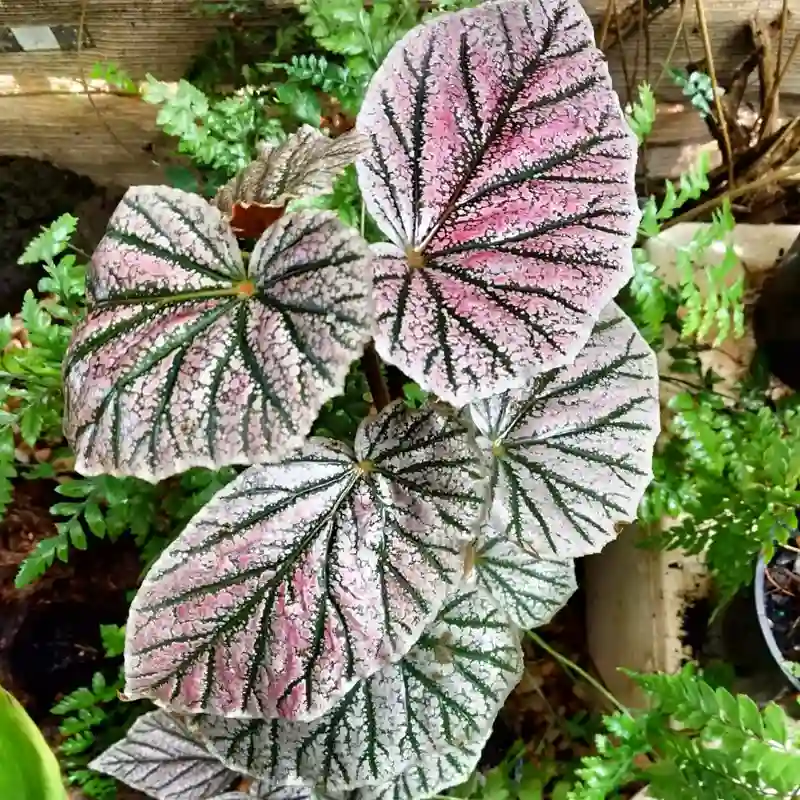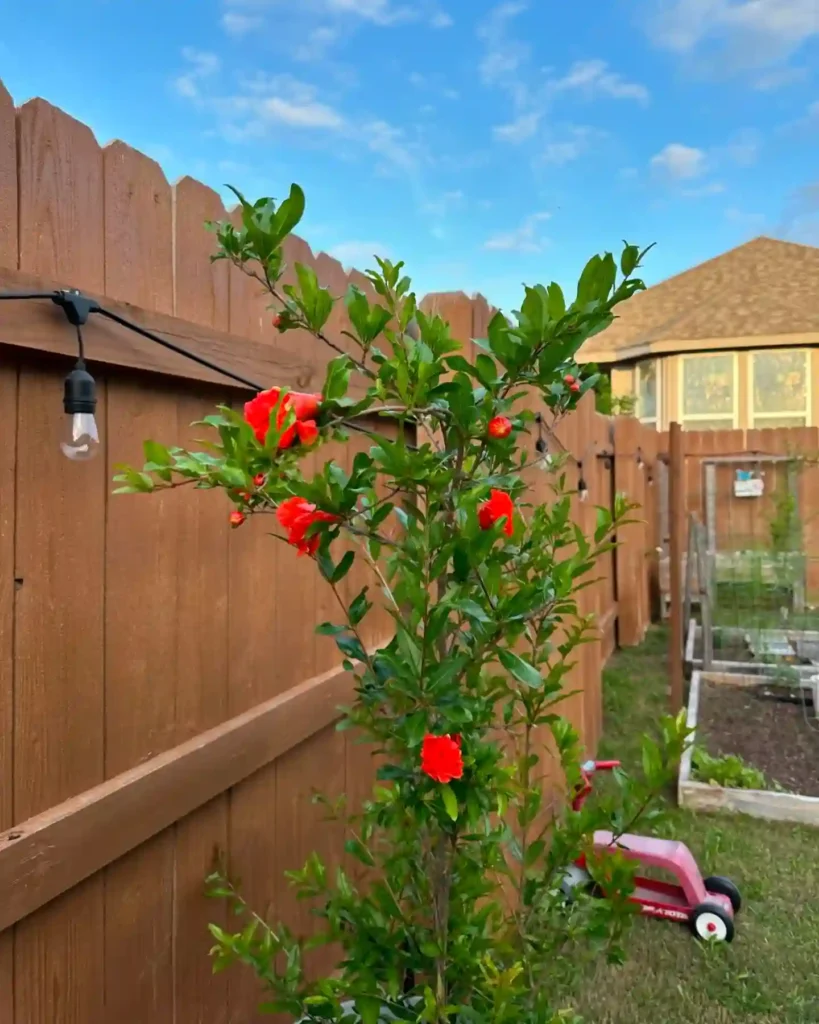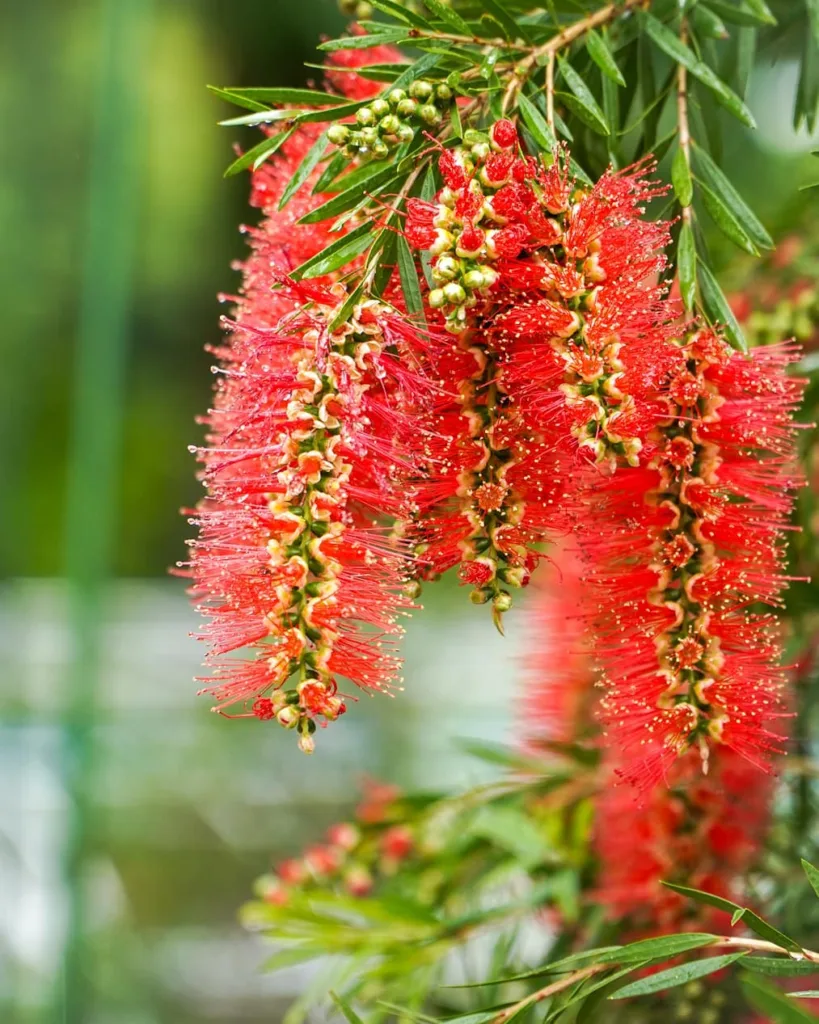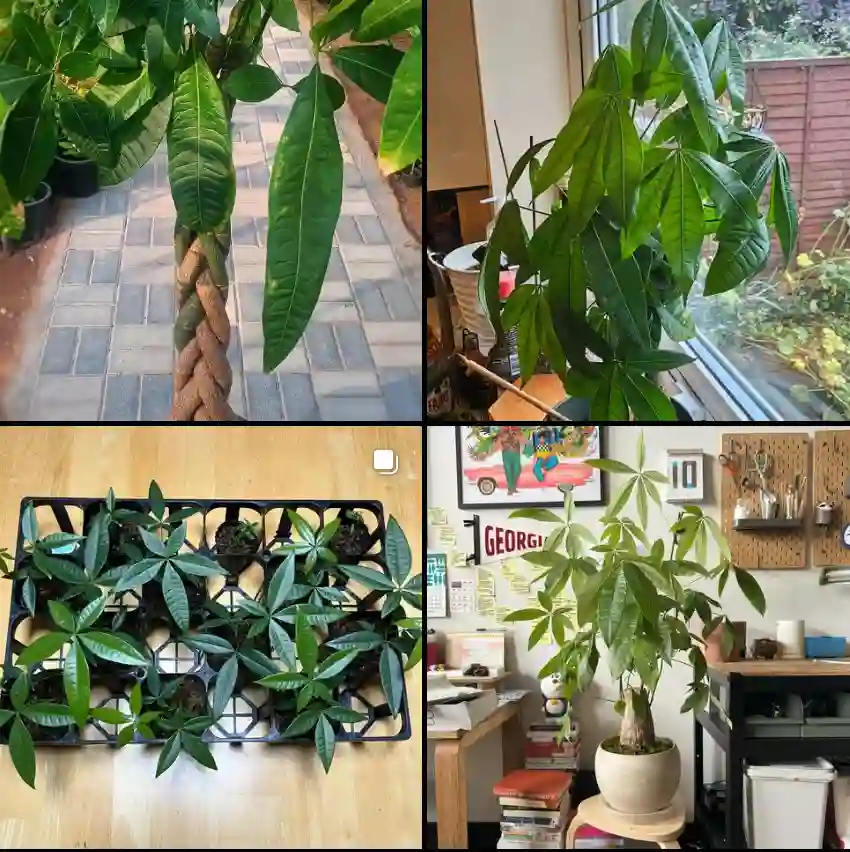Frequently Asked Questions About Psidium Cattleianum
As a passionate gardener, I’ve encountered Psidium Cattleianum or Psidium Cattleyanum, also known as the Strawberry Guava, quite a few times. This fascinating plant, with its vibrant fruit and lush foliage, raises several common questions. Let’s dive into the FAQs about Psidium Cattleianum to uncover everything you need to know.
78 Species in Genus Psidium
What Is Psidium Cattleianum?
Psidium Cattleianum, or Strawberry Guava, is a tropical fruiting plant native to Brazil. It belongs to the Myrtaceae family and is known for its edible fruits, which resemble strawberries in flavor and appearance. The plant produces small, round fruits that turn a deep red or yellow when ripe. It’s not just the fruit that’s attractive; the plant also features glossy, evergreen leaves and delicate white or pink flowers.
How Many Years Until Psidium Cattleianum Fruits?
One of the most frequently asked questions is about the time it takes for Psidium Cattleianum to bear fruit. Generally, you can expect your Strawberry Guava plant to start producing fruit within 2 to 3 years from planting. This timeline can vary depending on factors such as the plant’s growing conditions, care, and climate. Ensuring that the plant receives optimal sunlight, water, and nutrients can help speed up the fruiting process.
How to Care for Psidium Cattleianum?
Caring for Psidium Cattleianum involves a few key practices to ensure it thrives. Here’s a breakdown:
- Sunlight: The Strawberry Guava loves full sun and needs at least 6-8 hours of direct sunlight each day.
- Watering: Keep the soil consistently moist but not waterlogged. During dry spells, increase watering to prevent the plant from drying out.
- Soil: Well-draining soil is crucial. A mix of loamy soil with good drainage is ideal.
- Fertilization: Use a balanced fertilizer during the growing season to promote healthy growth and fruit production.
- Pruning: Regular pruning helps maintain the plant’s shape and encourages more fruit production. Remove any dead or diseased branches.
How to Propagate Psidium Cattleianum?
Propagating Psidium Cattleianum is relatively straightforward. You can propagate it through seeds or cuttings:
- Seeds: Collect seeds from mature fruits. Clean them thoroughly and sow them in a seed tray filled with a well-draining potting mix. Keep the tray in a warm, sunny location and maintain moisture until germination.
- Cuttings: Take 4-6 inch cuttings from a healthy plant. Dip the cut end in rooting hormone and plant it in a pot with a mix of peat and perlite. Keep the cutting in a warm, humid environment until roots develop.
What to Plant With Psidium Cattleianum?
When planting Psidium Cattleianum, consider companion plants that can benefit from similar growing conditions. Suitable companions include:
- Herbs: Basil, mint, and oregano can thrive alongside Strawberry Guava and help deter pests.
- Flowers: Marigolds and nasturtiums can add color and may also repel unwanted insects.
- Vegetables: Tomatoes and peppers can grow well near Psidium Cattleianum, provided they receive enough sunlight.
Can You Grow Psidium Cattleianum Indoors?
Growing Psidium Cattleianum indoors is possible but challenging. The plant requires a lot of sunlight to thrive, so a south-facing window or grow lights are necessary. Additionally, indoor plants may not produce as much fruit as those grown outdoors. Ensure good air circulation and regular watering to mimic the plant’s natural tropical environment.
Is Psidium Cattleianum Toxic?
No, Psidium Cattleianum is not toxic. The fruit is edible and often enjoyed for its sweet, tangy flavor. It is safe for consumption by both humans and pets. However, as with any plant, it’s wise to monitor your pets to ensure they don’t overeat the fruit, which could cause digestive issues.
Benefits of Psidium Cattleianum
Psidium Cattleianum offers several benefits:
- Nutritional Value: The fruit is rich in vitamin C, antioxidants, and dietary fiber, making it a healthy addition to your diet.
- Ornamental Value: The plant’s glossy leaves and attractive flowers make it a beautiful addition to gardens and landscapes.
- Culinary Uses: The fruit can be used in jams, jellies, and desserts or eaten fresh.
Common Problems with Psidium Cattleianum
Like any plant, Strawberry Guava can encounter issues:
- Pests: Watch out for common pests like scale insects and aphids. Regular inspection and organic treatments can help manage these pests.
- Diseases: Fungal diseases such as powdery mildew can affect Psidium Cattleianum. Ensure proper spacing and good air circulation to prevent these issues.
- Fruit Drop: Inconsistent watering or nutrient deficiencies can cause premature fruit drop. Maintaining stable growing conditions can minimize this problem.
Compare Psidium Cattleianum with Other Similar Plants
If you’re considering Psidium Cattleianum but are curious about other similar plants, here’s a brief comparison:
- Psidium Guajava (Common Guava): Psidium Guajava is larger and has a stronger flavor compared to the Strawberry Guava. It also has a longer fruiting period.
- Feijoa (Pineapple Guava): Feijoa has a different flavor profile, often described as a mix of pineapple and mint. It also has different growing requirements compared to Psidium Cattleianum.
In conclusion, Psidium Cattleianum is a versatile and attractive plant with numerous benefits. Whether you’re interested in its fruit, ornamental value, or potential for indoor growing, understanding its care requirements and common issues can help you enjoy this tropical gem to the fullest.
If i die, water my plants!



